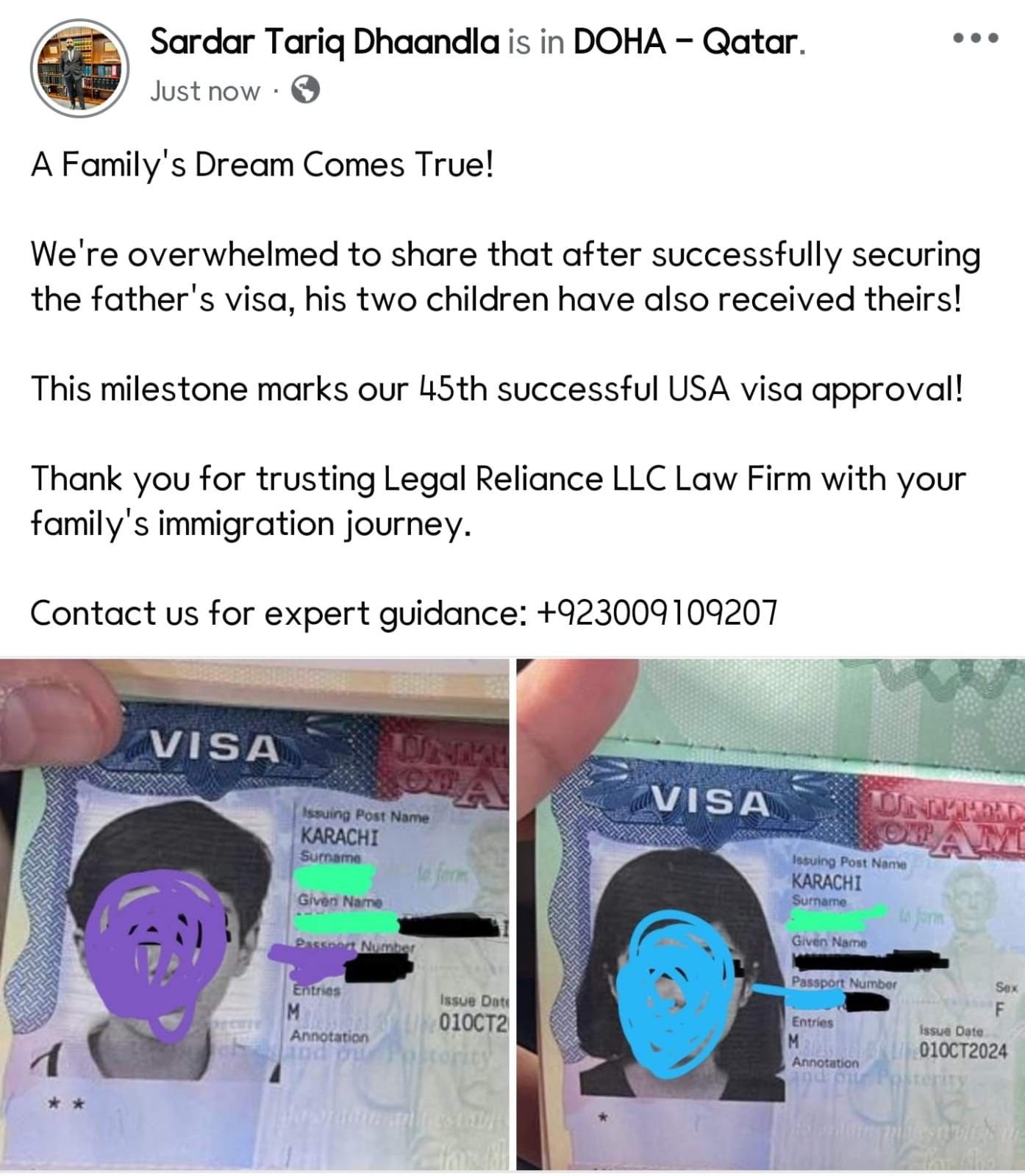Getting approved for an E-2 visa is a big win and if you’ve made it this far, congratulations! You’ve proven your commitment, submitted all the paperwork, and made the investment in your U.S. business. But many people are unsure what comes next. What exactly happens after the E-2 visa is issued? What should you be doing in your first days, weeks, and months in the U.S.? In this article, we’ll break down the simple next steps after getting your E-2 visa so you can move forward with confidence and make the most of your opportunity.
First, let’s be clear: the E-2 visa doesn’t automatically activate when approved. You’ll typically receive a visa stamp in your passport from the U.S. consulate. This allows you to travel to the United States and request entry as an E-2 treaty investor. Once you land, a U.S. Customs and Border Protection (CBP) officer will inspect your documents and issue you an I-94 record, which shows your official status and length of stay. Be sure to check the I-94 dates carefully they govern how long you can stay in the country during each visit.
Once inside the U.S., your focus should shift immediately to launching or operating your business. One of the biggest E-2 visa requirements is that the business must be real, active, and capable of supporting more than just you. That means you’ll need to move quickly: lease a commercial space if you haven’t already, open your business bank account, set up your operations, hire U.S. staff, and start serving customers. The sooner you can show that your business is functioning and contributing to the local economy, the stronger your case becomes for future visa renewals.
Next, be ready to keep records of everything. Think of it this way: the E-2 visa isn’t just about entering the U.S. it’s about staying in the U.S. That means maintaining clear documentation of your business activities, financial statements, employee payroll, and tax filings. These documents will be crucial when it’s time to renew your visa or respond to any requests from immigration. Staying organized is not optional it’s a long-term strategy for success.
If you brought your family with you, they also have some next steps. Your spouse can apply for work authorization, giving them the legal ability to find a job or even start their own business in the U.S. Your children (under 21) can attend school and live with you throughout the duration of your E-2 status. Be aware, however, that once your children turn 21, they no longer qualify as E-2 dependents and will need their own visa path if they want to stay.
It’s also smart to plan for renewal early. E-2 visas are typically issued for 2 to 5 years, depending on your nationality and the U.S. consulate. But don’t wait until the last minute. About 6 months before your visa expires, begin preparing your renewal documents. This includes updated business financials, employee information, tax returns, and proof that your business is still operational and growing. A strong renewal package makes it more likely you’ll be approved again.
And finally, consider your long-term strategy. The E-2 visa is a non-immigrant visa, which means it doesn’t lead directly to a green card. However, many E-2 visa holders later explore EB-5 investment visas, L-1 transfers, or even family-based immigration options once their business becomes successful. While the E-2 offers flexibility, it’s important to understand where it fits into your broader immigration and business plan.








